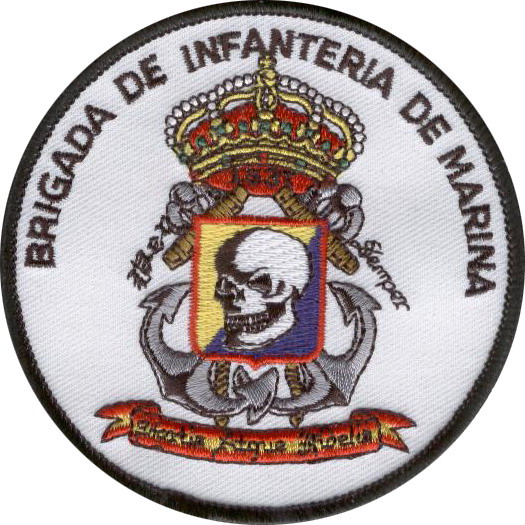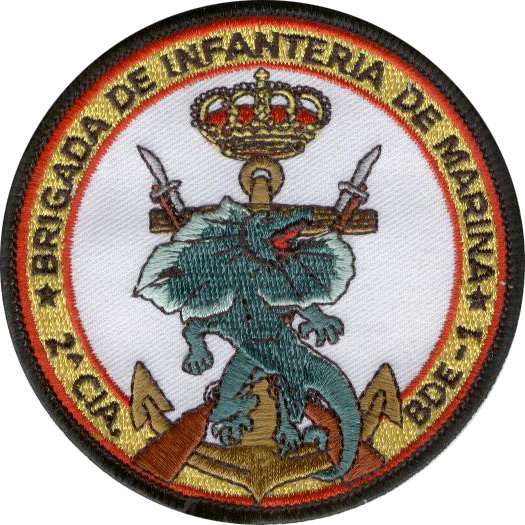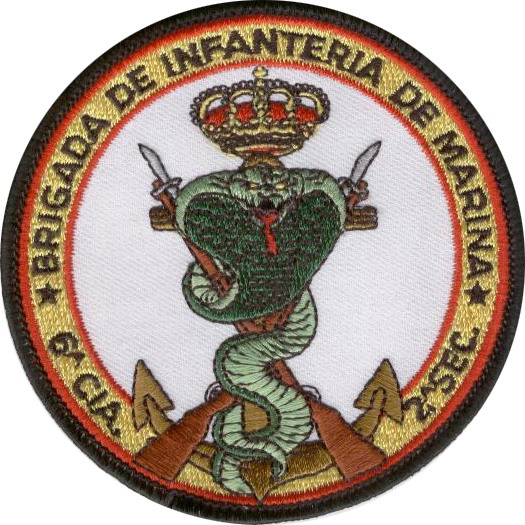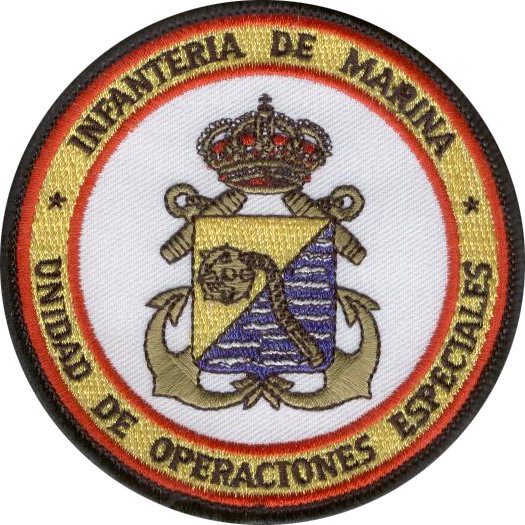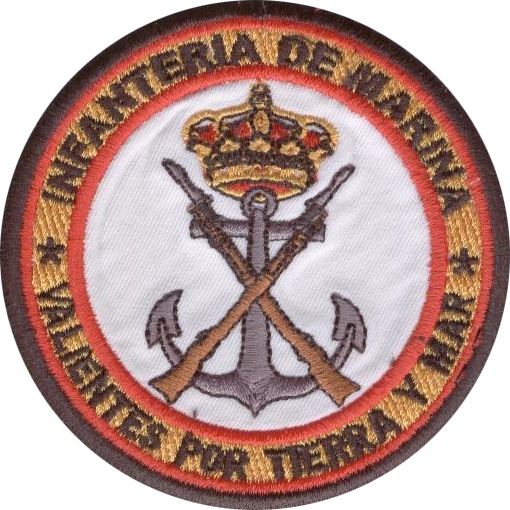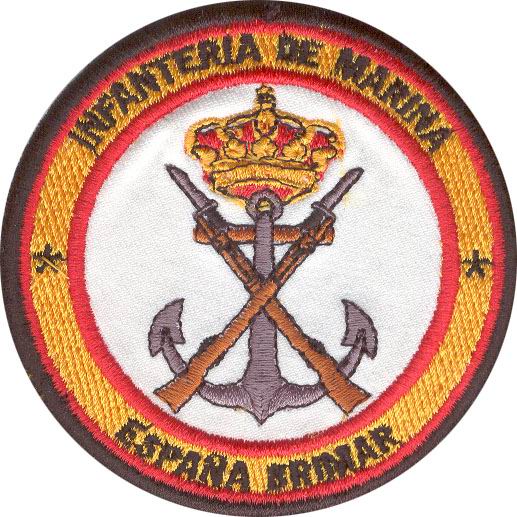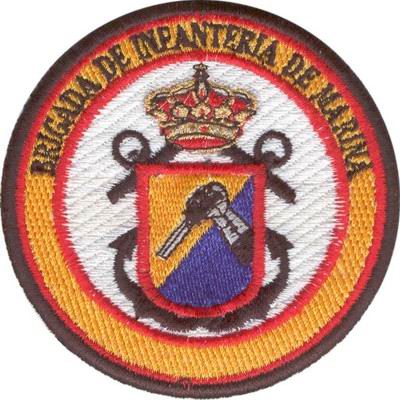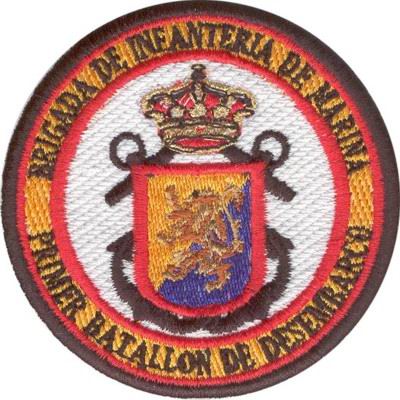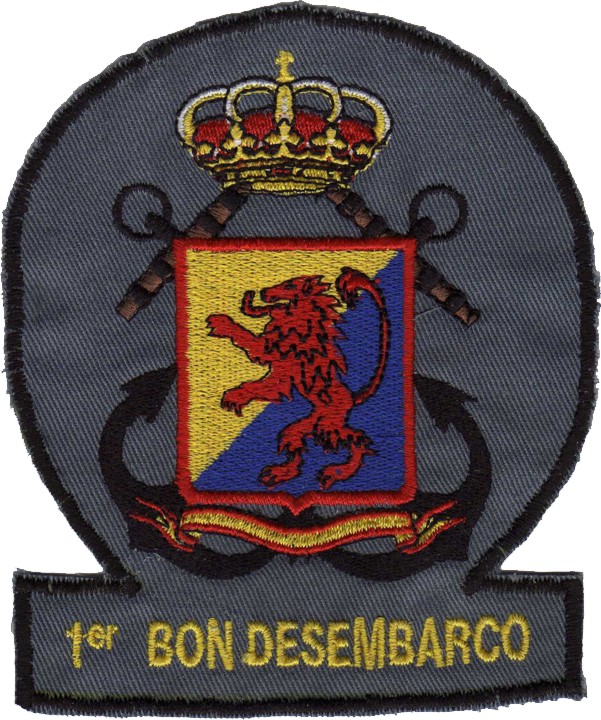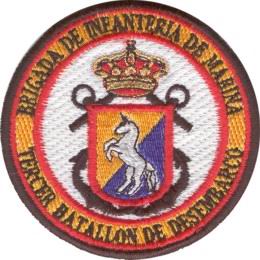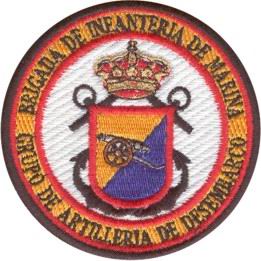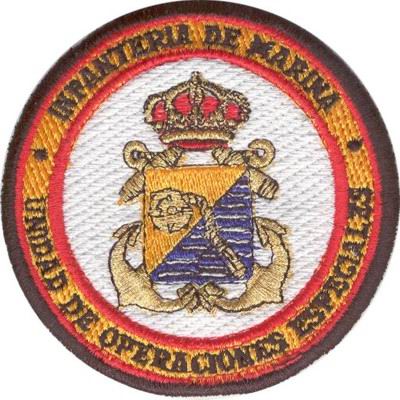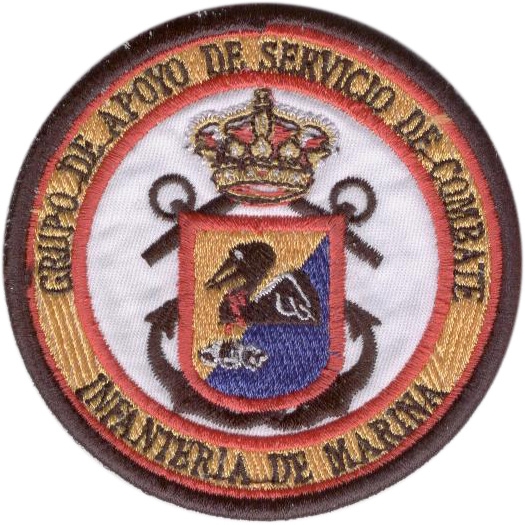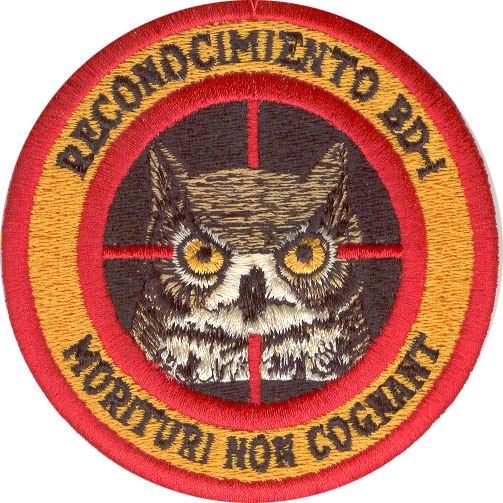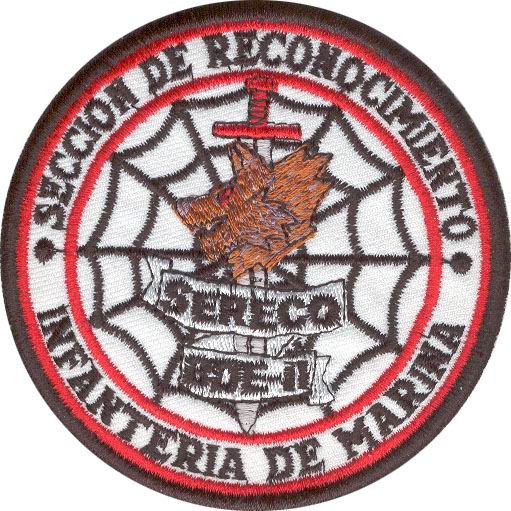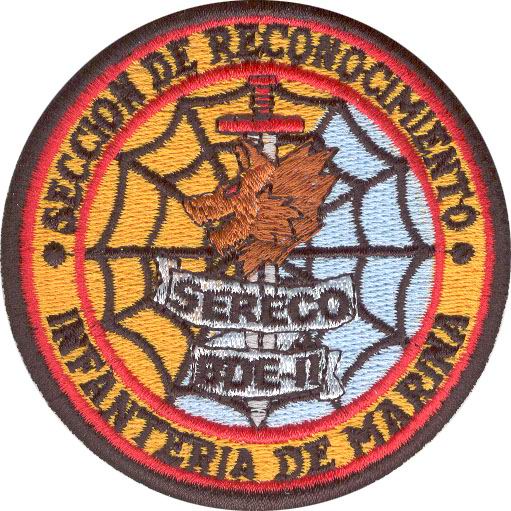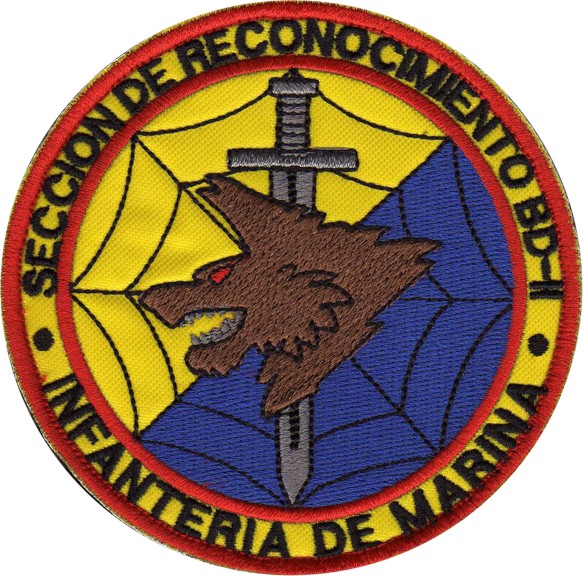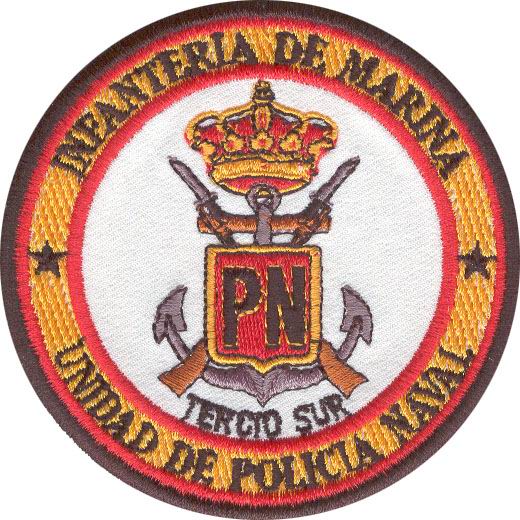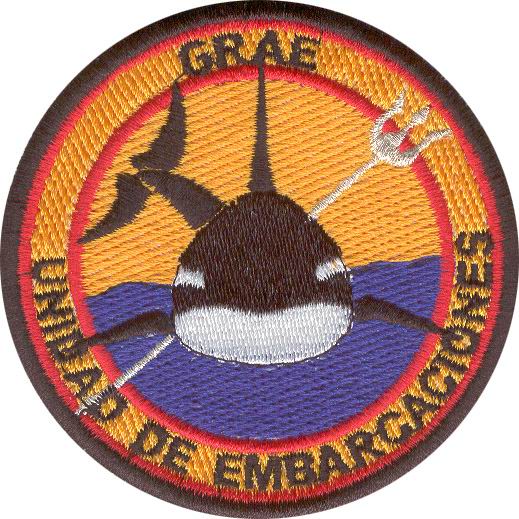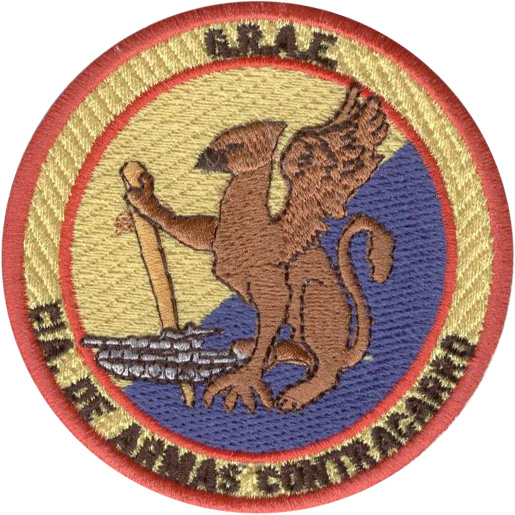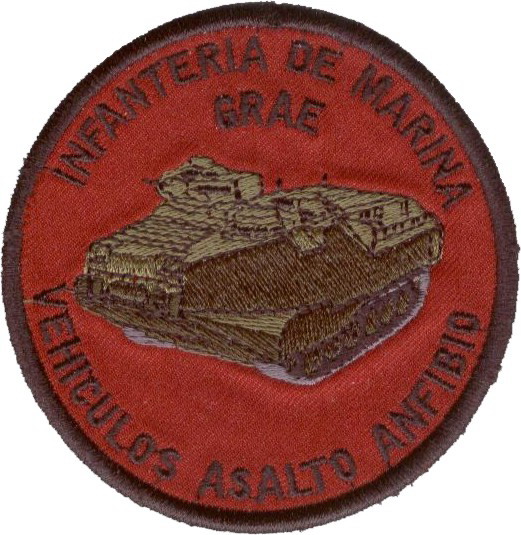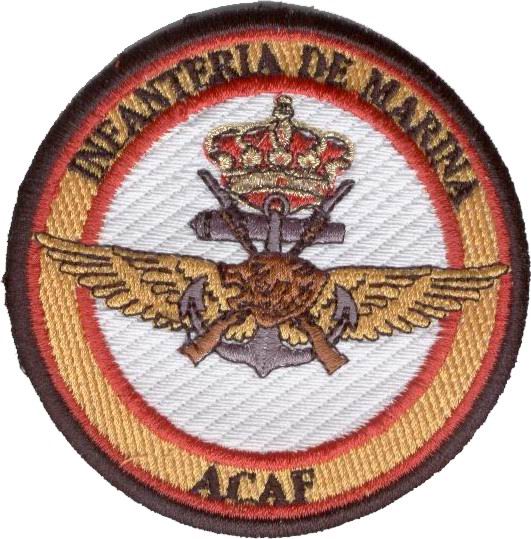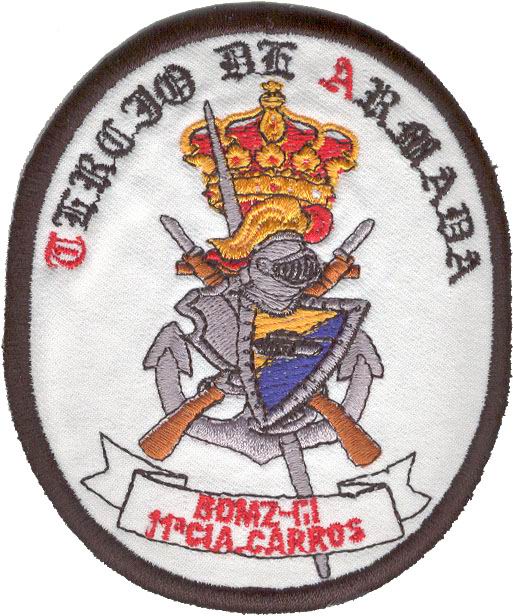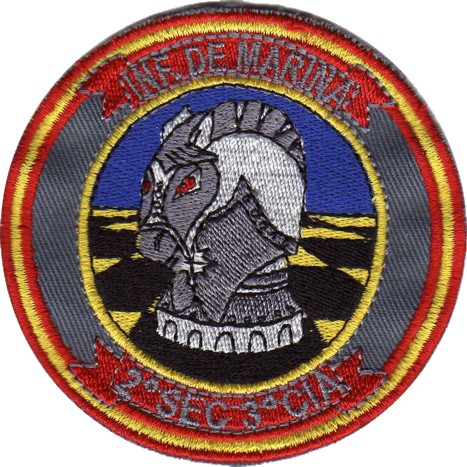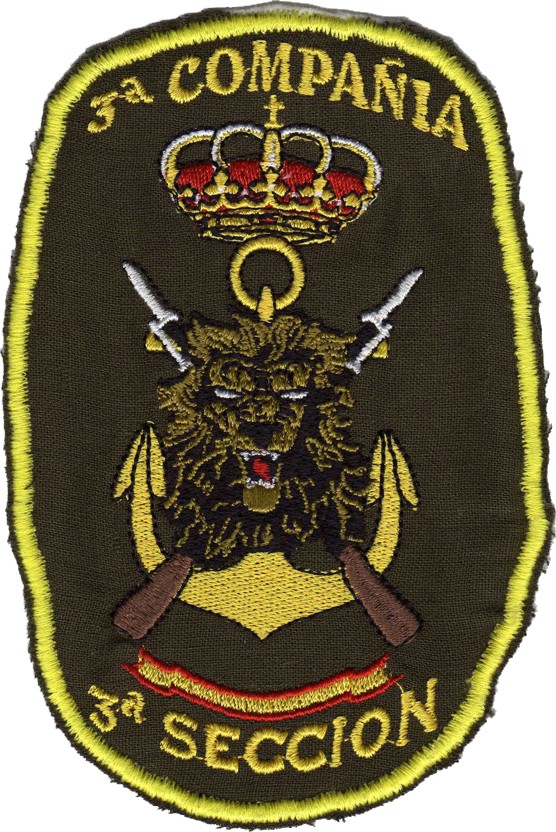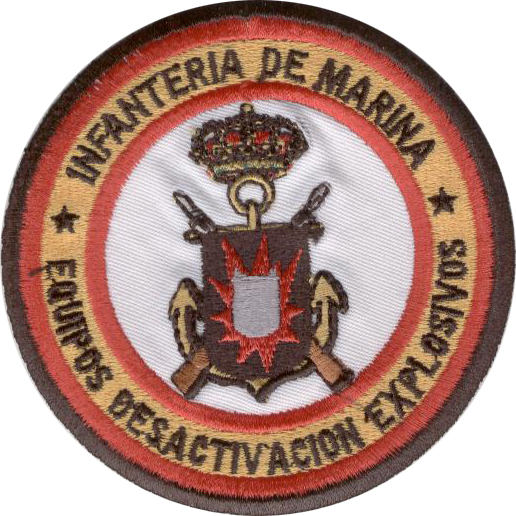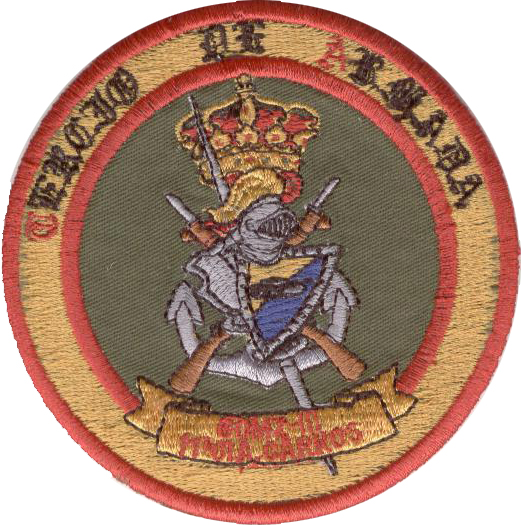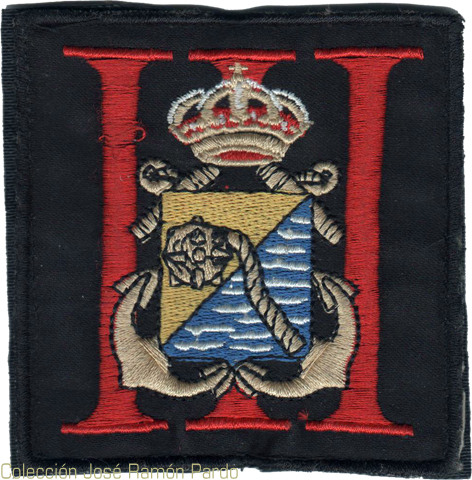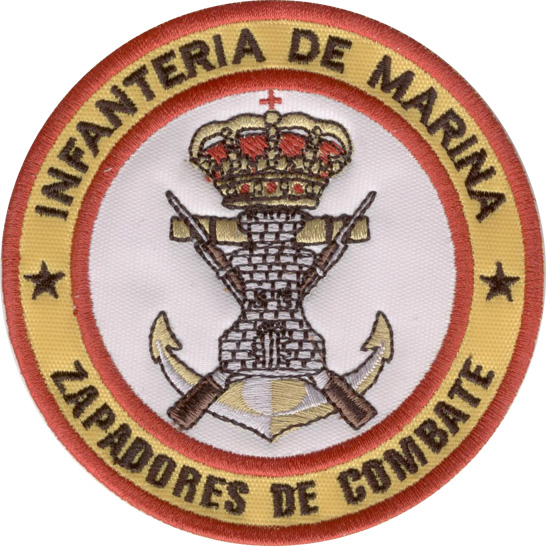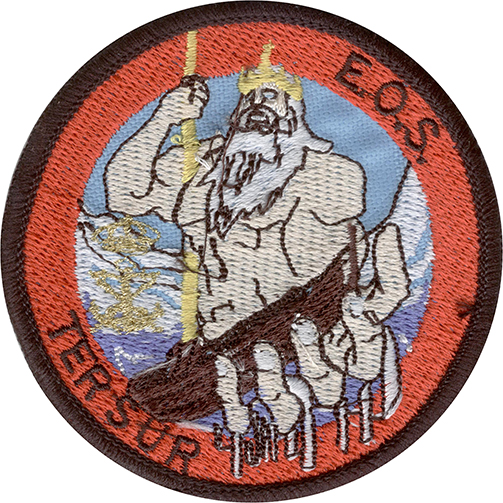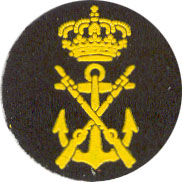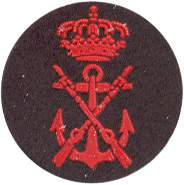|
TERCIO DE ARMADA, INFANTERĶA DE MARINA Para ver los emblemas ampliados, pinche sobre la imagen To see a larger picture of a particular badge please click on it |
Ubicado en San Fernando (Cádiz), el Tercio de Armada (TEAR) es la Fuerza de Desembarco de la Fuerza Anfibia de la Armada.
Recibe la herencia de una larga tradición iniciada en 1530, cuando Carlos I creó las Compañías Viejas de Mar de Nápoles, origen de la Infantería de Marina española, la más antigua del mundo
Orgánicamente, está constituido por:
- BCG, Batallón de Cuartel General
- BDI, Primer Batallón de Desembarco
- BDII, Segundo Batallón de Desembarco
- BDMZ III, Tercer Batallón Mecanizado
- GAD, Grupo de Artillería de Desembarco
- GRAE, Grupo de Armas Especiales
- UOE, Unidad de Operaciones Especiales
- GASC, Grupo de Apoyo de Servicio de Combate
- Unidad de Base
SPECIAL FORCES (MARITIME),
Unidad Especial de Buceadores de Combate (Special Naval Divers Unit) is a SBS/SEAL-type with counter-terrorist duties as well as other unconventional war roles
Marines
The Infanteria de Marina Espanola or Spanish Marine Infantry is the oldest existing Marine Corps in the world tracing its history back to 1537.
Some authorities put its creation as early as 1528, when King Carlos I ordered that a number of distinguished Army units become Compañias Viejas del Mar de Napoles and be appointed to serve with the fleet on a permanent basis.
Their first battle honour was the Battle of Lepanto in October 1571.
The motto of the Infanteria Marins is Valientes por tierra y por mar (Courageous by Land and by Sea) and a modification of the motto Por Tierra y por Mar (By Land and by Sea).
Sergeants have gold braid in their caps and corporal's chevrons are outlined in gold to honour the courage of the Infanteria de Marina at Havana in 1762
The Marine Infantry were restructured in 1996 to reflect the country's growing expeditionary philosophy
The Spanish Marine Corps is 8.895 men strong with 480 officers, 680 NCOs and 7.735 career soldiers; 4.000 serve with the Tercio de ARmada (TEAR).
The balance is spread between three Marine garrison groups, two Group Agrupacion and the Royal Guard. Basic training of six weeks, takes place at the SPanish Marine Corps Training Centre (SPMCTC) at Cartagena
The Tercio de Armada, a brigade level force available for immediate embarcation, is based at San Fernando, Cadiz and is made up of an headquarters commanding a landing regiment of two Landing Battalions;
one Combat Support Regiment with an Artillery Battalion and a Mechanised Battalion; a Special Operations unit; a Logistics Component; an Air Defence Battalion with links to naval aviation and an infrastructure unit
The three garrison Tercios are Tercio Norte based at El Ferrol, Tercio de Levante at Cartegena and Tercio Sur at Cadiz.
The Compania Mar Oceano de la Guardia Real provides security for the Royal Family at Madrid. The two Groups Agrupacion are stationed at Madrid and Las Palmas de Gran Canaria
Spanish-Italian Amphibious Force
In November 1998, a Spanish-Italian Amphibious Force (SIAF) was formally established which may be regarded as the Mediterranean equivalent of the long-established UK-Netherlands RM-RNLMC joint amphibious force.
SIAF is activated on an 'as required' basis although officers of each country are permanently attached to each others' staffs. Command changes yearly with each country taking it in turn to supply both CATF and CLF at the same time.
The Spanish CATF is the admiral commanding naval Grupo Delta; the CLF is the TEAR Executive Officer
Maritime special forces
The TEAR includes the Unidad de Operaciones Especiales (UOE), a special operations unit of 170 men who undertake long range reconnaissance, ambush and sabotage and forward fire control missions.
UOE personnel are parachute and SCUBA trained
The Spanish Navy operates the Unidad Especial de Buceadores de Combate (Special Combat Divers' Unit) which is a SEAL type unit with a counter-terrorist as well as a variety of other conventional an unconventional, war roles.
Unidad de Operaciones Especiales (UOE) is a marine unit of 170 personnel. Long-range reconnaissance, ambush and sabotage. Paratroop and underwater-swimmer trained
 |
Copyright © Antonio Prieto Barrio — 24.11.2013 |  |
